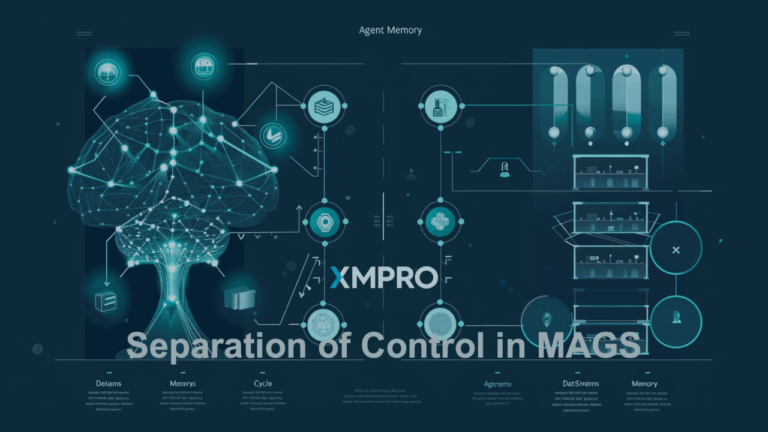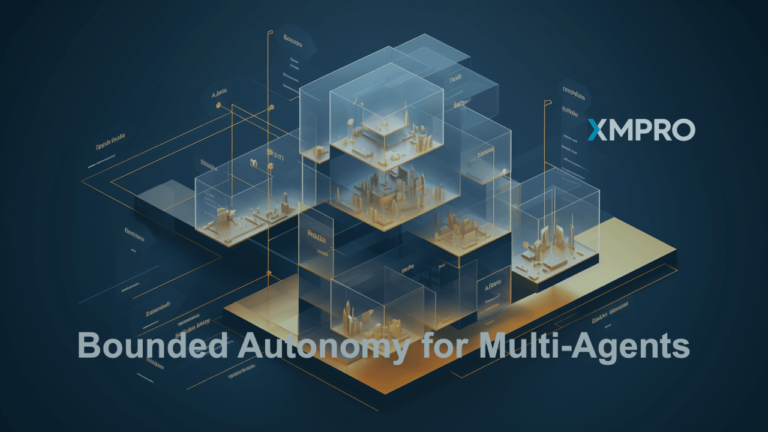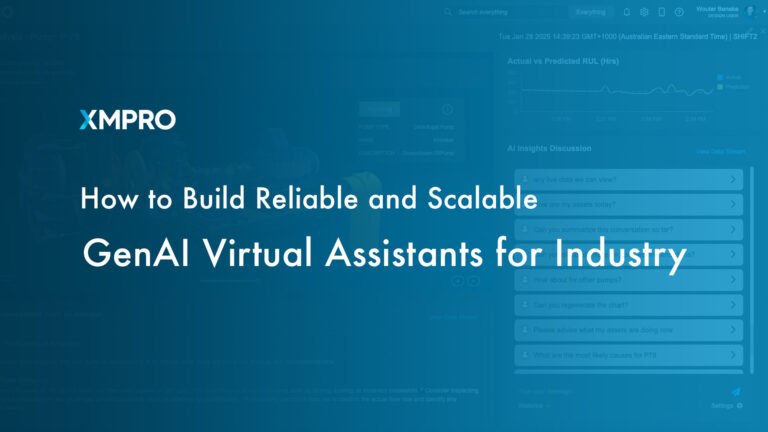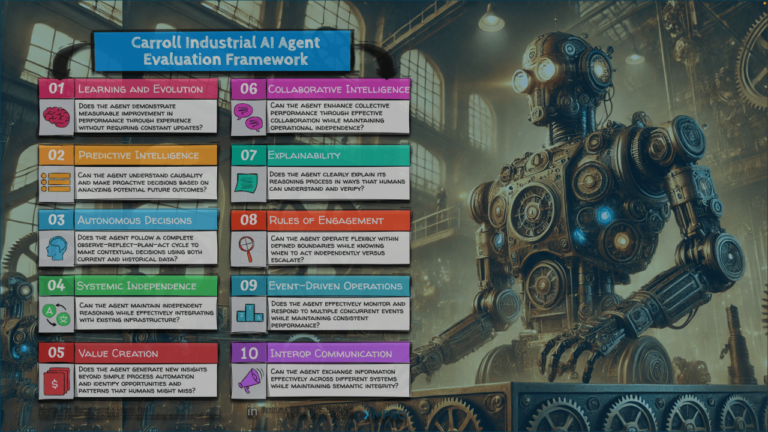This is the final article in a 3-part series on Lean Digital Twins. Get started with part 1 and part 2 or sign up at the bottom of the article to get the full PDF version.
Step 2: Document The Plan – Lean Digital Twin Canvas (Define the Solution)
Once one or two digital twin candidates are identified, a single page solution description is created for each candidate. This single page solution description is based on the Lean Canvas described in the section on the Lean Startup approach. The canvas is adapted for the Lean Digital Twin process and is referred to as a Lean Digital Twin Canvas. It describes all the key elements of the problem/solution fit.
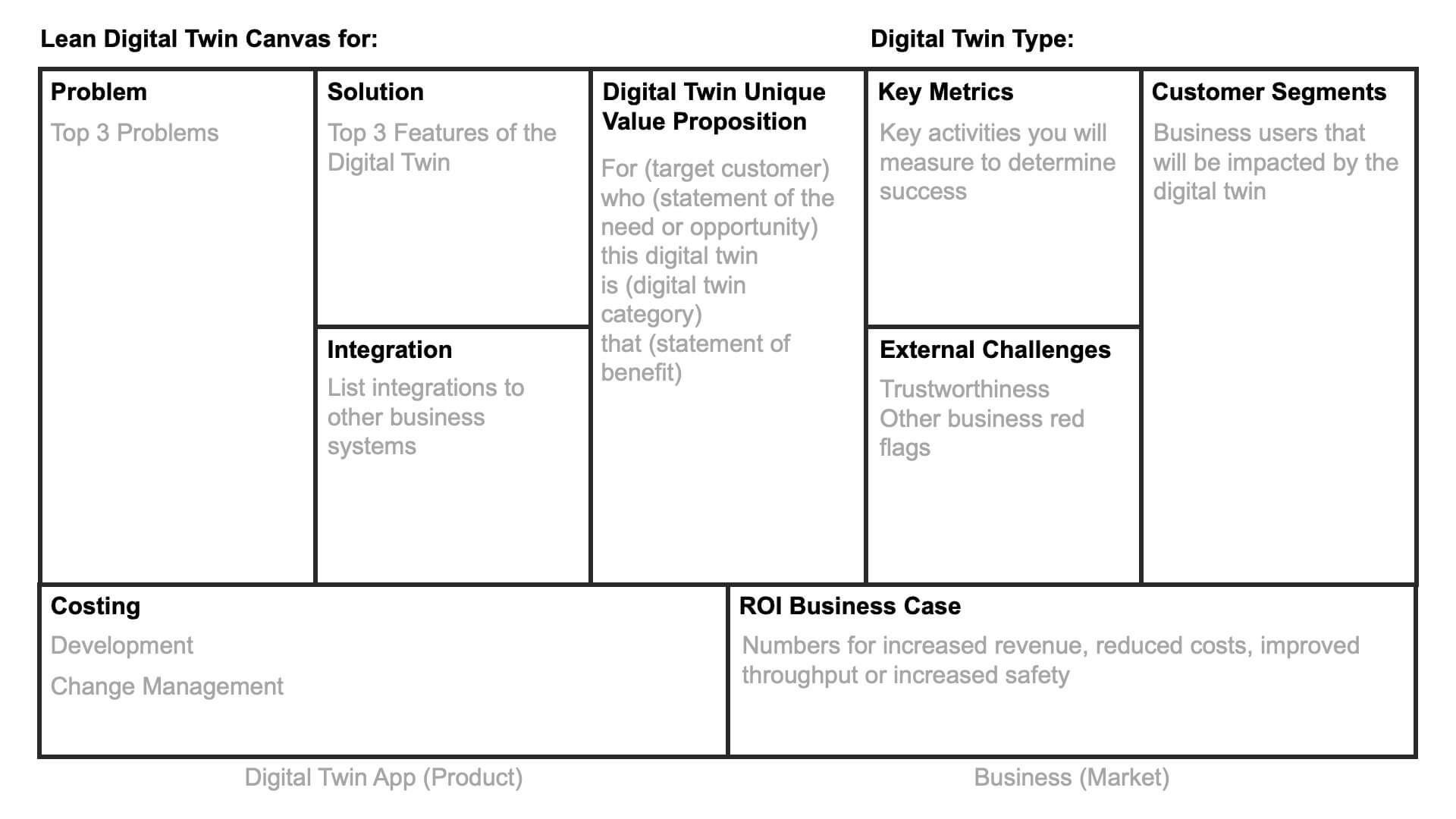
The proposed sequence for completing the Lean Digital Twin Canvas is described below. It is recommended to do the initial draft in a 60min session following the prioritization ranking exercise.
Sequence for completing the canvas in a workshop session:
- (Problem) Define top 3 problems that your twin will address based on the prioritization matrix.
- (Customer Segments) Who are the target users that will benefit from the solution? (digital twin)
- (Digital Twin UVP) What makes this digital twin different from what you are already doing?
- (Solution) What are the top 3 features of the digital twin? (AI, real-time, decision support etc.)
- (External Challenges) What are the external red flags for the digital twin? (security, data access, connectivity)
- (ROI Business Case) How will this digital twin deliver ROI?
- (Key Metrics) How will the digital twin be measured (quantitatively)?
- (Integration) What are the key integrations required to make it work?
- (Costing) What is the projected costing?
It follows a logical sequence that starts with the problem and the users rather than jumping to product features. This holistic approach considers all aspects required to deliver a successful digital twin project.

The initial workshop session is aimed at completing as much as possible, but the Lean Digital Twin Canvas is updated continuously (versioned) as we test, validate and learn.
One major benefit of the canvas is that it is easy to complete in a workshop session and it provides a one-page business plan for the digital twin that is easy to communicate to both end-users and project sponsors. It is presented as a single slide in sponsor meetings.
The completion of the Lean Digital Twin Canvas concludes the product/market fit phase of the Lean Digital Twin approach. The next phase focuses on validating and verifying your hypothesis and assumptions. This is done by developing a minimum viable digital twin or MVDT similar to the product/market fit phase of the lean startup methodology.
Step 3: Decide what goes into V1 of the Minimum Viable Digital Twin (MVDT)
The same prioritization process that was used for choosing MVDT candidates is used to determine what features to include in the initial release or MVDTv1. The only difference is that digital twin features are now assessed on business impact and technical feasibility rather than business applications of the Digital Twins.
Typical features in an industrial application include, but are not limited to:
- real-time equipment data from sensors and devices
- time series data from historians and automation systems
- machine learning algorithms such as anomaly detection
- predictive algorithms such as classification and regression models
- production data from enterprise systems
- physics-based or engineering models that describe equipment behavior
- simulation models
Digital twins are typically composed of combinations of the above features. Ranking these features in their ability to address the problem statement and solution identifies the two or three key features in the “Do in V1” quadrant.
This approach identifies key capabilities in the initial release that will provide the best guidance on validating and verifying the solutions capability to address the business challenge. It is important to note that the minimum viable digital twin features are still implemented as fully featured solution components, but the scope of the overall MVDT is limited to the two or three features identified in this process.

Step 4: Create lightweight MVDT to validate hypothesis
Mocking up an MVDT that includes the three features chosen in the previous step provides a basis for validated learning.
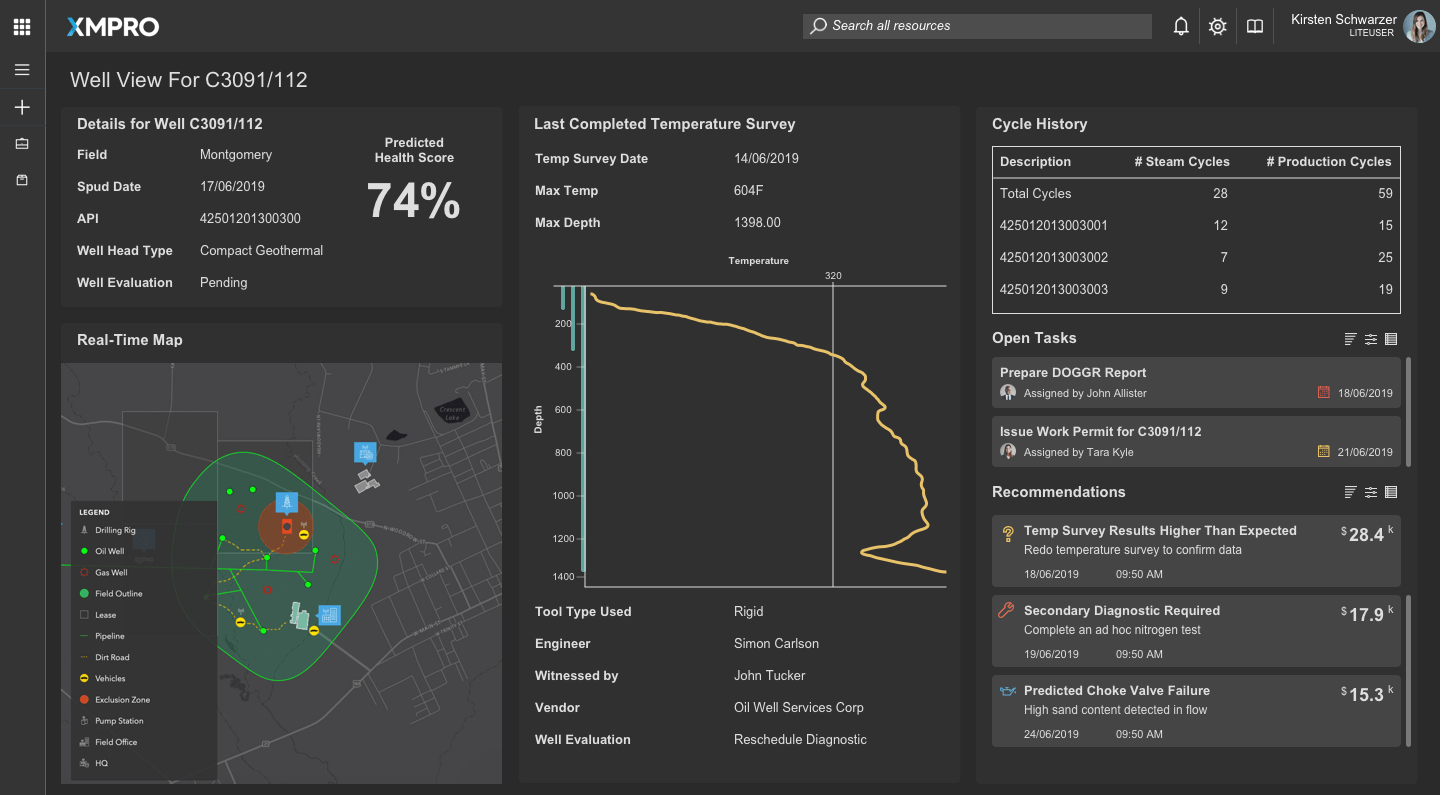
Digital twin application tools that support an agile approach have this capability built in, but these mockups can also be done in simple tools such as Microsoft PowerPoint.
The mockup typically goes through multiple iterations during a two-week period of review by users and stakeholders. Mini presentations and interviews with stakeholders provide immediate feedback that is easy to incorporate in the mockups. The outcome of this process provides a validated basis for creating a live version of MVDT that will be used to verify that it solves the problem that it set out to do.
Step 5: Create an operational MVDT
Once the mockup is agreed upon, the actual MVDT is built out, preferably in agile development toolset, and integrated to operational data sources. This can range from a few days to 3-4 weeks depending on the tools that are used.
The benefit of using a Lean Digital Twin approach is that the feature set is limited which means users can be trained in a relatively short period of time to use the digital twin application. The objective of this step is to verify the assumptions and hypotheses made along the way and to identify areas where the MVDT must be improved or changed. This can be done for between 4 and 12 weeks based on the complexity and impact of the solution.
This phase is also used to validate and clean up data sources, verify algorithms, and check calculations to improve the quality of the decision support the digital twin provides. The results from this step concludes the product market fit review and serves as the basis to deploy and scale the digital twin to production.
Conclusion
The Lean Digital Twin approach is well suited to organizations that are starting a digital twin journey and want to use an iterative approach to discover requirements in a systematic way while demonstrating business value at the same time.
The approach requires top-down support and bottom up commitment. It is a collaborative approach that provides the guardrails for managing the process as it is not prescriptive. It does, however, require multiple iterations or pivots to find the best digital twin/business fit.
Get the Free Lean Digital Twin Resource Kit
Includes the PDF version of 3-part series, the Lean Digital Twin Canvas Template and the Prioritization Matrix












